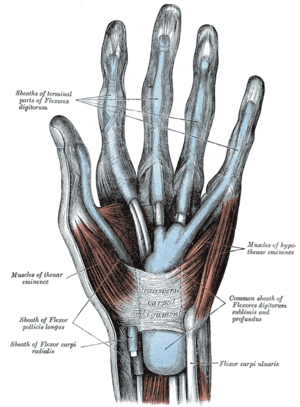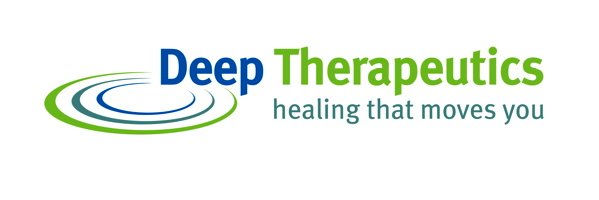Tuesday, December 15, 2009
Saturday, November 14, 2009
Talk About a Fragmented Industry
- Acupressure
- Qigong
- Alexander Technique
- Integrative Energy Therapy
- Reflexology
- Integrative Manual Therapy
- Ashiatsu
- Integrative Massage
- Relaxation Massage
- Aston Patterning
- Jin Shin Jyutsu
- Repetitive-use Injury Therapy
- Bowen Therapy
- Kinesiology
- Rolfing
- Brennan Healing
- Lomilomi Massage
- Rosen Method
- Chair Massage
- Lymph Drainage
- Shiatsu
- Cranio-Sacral Therapy
- Lymphatic Massage
- Soft Tissue Release
- Deep Tissue Integration
- Sports Massage
- Deep Tissue Massage
- Medical Massage
- Stone/LaStone
- Energy Healing
- Myofascial Release
- Structural Integration
- Myomassology
- Swedish Massage
- Esalen Massage
- Neuro-Muscular Therapy
- Thai Massage
- Esthetics
- Therapeutic Touch
- Feldenkrais
- Ortho-Bionomy
- Touch for Health
- Geriatric
- Orthopedic Massage
- Trager
- Hanna Somatic
- Polarity Therapy
- Trigger Point Therapy
- Healing Touch
- Tui-Na Accupressure
- Heller Method
- Watsu
I think so. And I think we need better quality data and better theories to isolate the truly valuable things that are common to all of these traditions, as well those things that give each their unique power (if indeed they have any at all).
Thursday, September 24, 2009
Another Possible Cause of CTS
 Image via Wikipedia
Image via Wikipedia
Check out this illustration of the hand. Note the common sheath for the tendons, especially how it runs down the carpal tunnel. Its the big fat structure in light blue.
As we've seen throughout the body, sheaths have been known to stiffen when they are not stretched regularly.
Could this sheath become stiff enough to cause the pressure on the nerve that characterizes carpal tunnel syndrome?
If so, manipulating this sheath may release the pressure on the carpal nerve.
Its also conceivable that stiffness in the forearm could be interfering with the normal positioning of this nerve. So, the wrist is flexed, the range of motion available to this nerve is reduced, resulting in the pain.
A complex problem with many factors. One thing is for sure. Slicing the ligament is not the last word in treating this painful condition.

Thursday, September 17, 2009
Are Wrist Braces for Carpal Tunnel Syndrome a Good Idea?
 Image via Wikipedia
Image via Wikipedia
Personally, I believe immobility helps in the short run but costs you big in the long run. Loss of range of motion is the circulatory problems at the root of carpal tunnel syndrome. Immobilization can only exacerbate the problem. It is not a real solution.
You are much better off practicing Qi Gong or Tai Chi. Get the blood moving into the muscles involved and get the muscles to relax. Then do gentle stretching and massage.

Friday, September 4, 2009
Current Thinking on Carpal Tunnel Syndrome
I really feel that most people who try massage fail with it because the typical approaches are not comprehensive enough.
Things I've read advise a DAILY massage, which means to me that the underlying cause is not being treated.
If the tissue around a muscle is impairing proper circulation, the sarcomeres within a muscle will run out of ATP the next time the muscle must do work of significant duration.
None of the advice from mainline physicians given seems to address the true nature of the muscular problem.
Monday, August 31, 2009
Founding Deep Therapeutics
Deep Therapeutics started as an idea back in September 2006. Here's what I said about it back then:
I am now working on a business plan for a new company that I am calling Deep Therapeutics. The focus is technology that diagnoses and treats muscular trigger points, something that currently is done by hand.
I've blogged about a lot about trigger points. Resolving trigger points, of which many medical professionals are unaware, frequently requires the attention of a highly skilled practitioners of alternative therapies. You can resolve your trigger points yourself, but it takes a lot of knowledge and persistence. As with most conditions, patients that are proactive and get the right therapy make the fastest progress.
The plan is to create technology that aids the existing approaches, overcomes their shortcomings, lowers costs and speeds resolution. At the same time, these systems will create a consistent treatment experience, track patient progress and counsel patients on how to prevent recurrence
Three years have passed since this post, but the idea is essentially the same. The education I've been getting through the Founder Institute has really helped me accelerate the effort.

